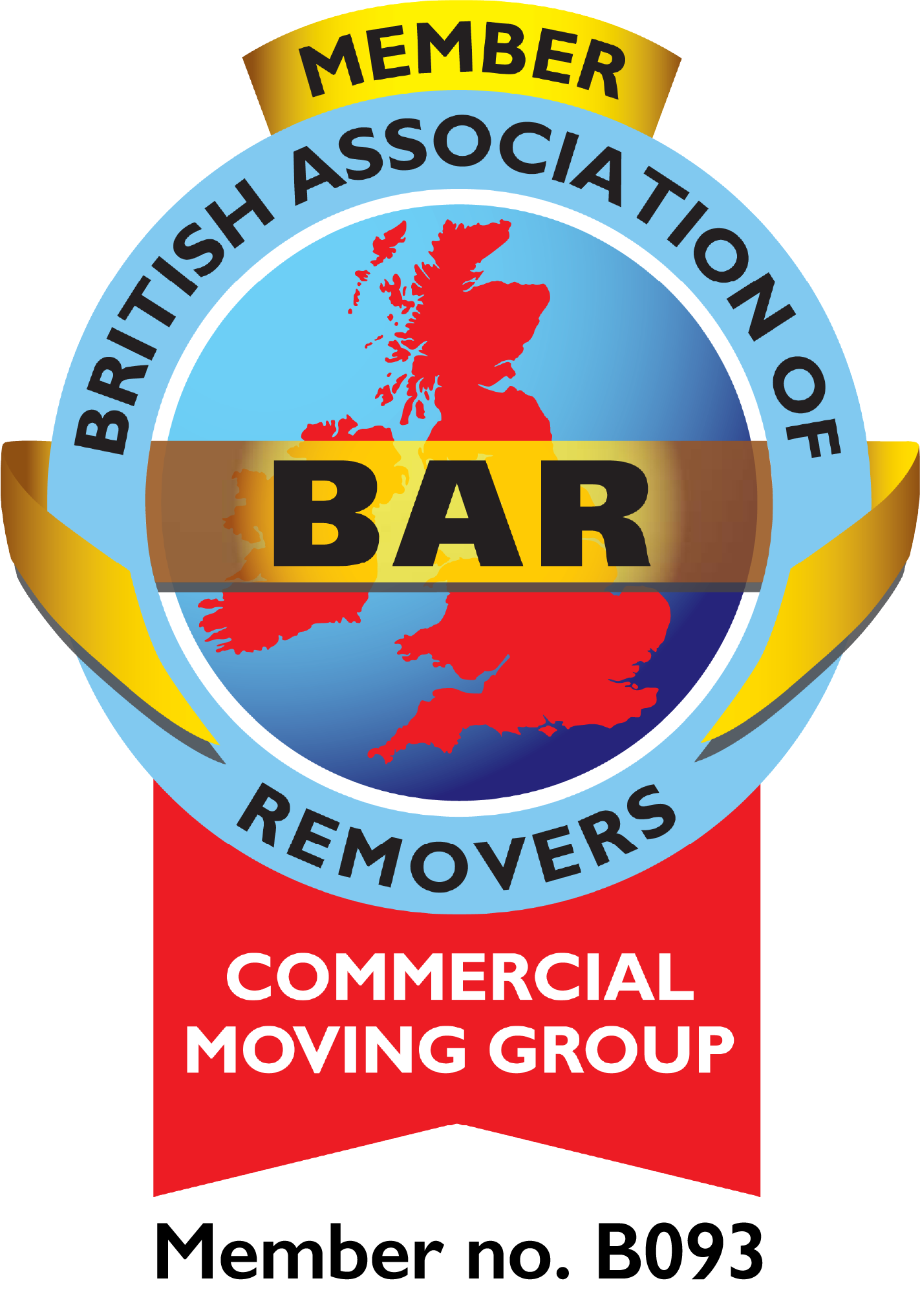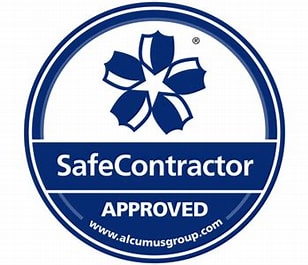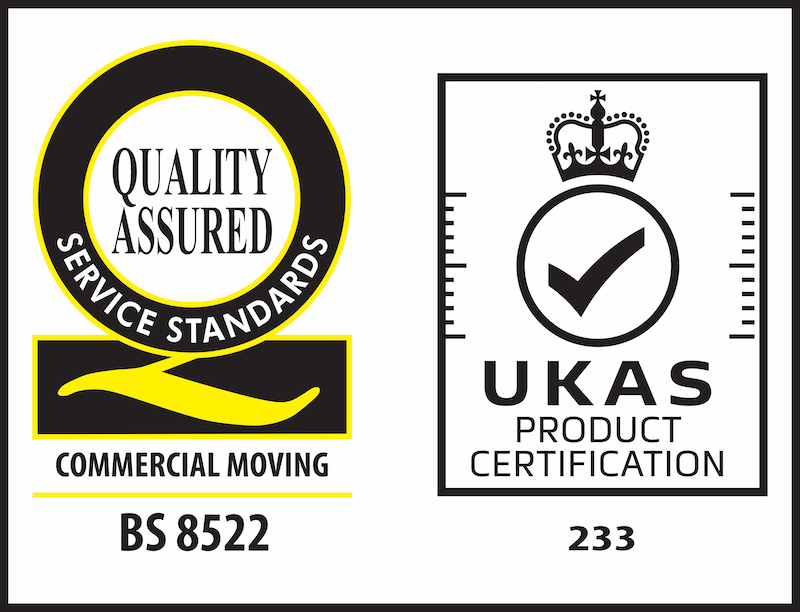Office relocation checklist – your guide for a successful move
This is the ultimate office relocation checklist to ensure you have a successful experience

MORE STORIES
- Page 1 of 26
Please click here to chat through what you'd like your Success Story to be.
We recently shared the top 8 things to consider when planning an office relocation. This blog breaks it down further to provide you with the ultimate office relocation checklist.
6 months before the move
- Review your current lease. Check your notice period and if there will be a cost for breaking the lease early.
- Confirm your move in date for the new office.
- Notify your current landlord when appropriate.
- Assemble an office move team and designate a project manager.
- Decide the level of outside support you will need. This can range from a company to simply handle the physical move, to an office relocation expert that can manage the entire process.
- Set a budget – keep it somewhat flexible to allow for unforeseen costs, such as potential repair costs for the existing space that may not be evident until after the move.
- Research relocation companies and start getting quotes.
3 – 4 months before the move
- Create a moving plan and assign responsibilities. If you are working with an office relocation partner, your internal project manager should be the key point of contact.
- Start communicating with employees and continue this throughout the process. Share timelines and expectations so that everyone is fully aware of the programme.
- Notify partners, clients and suppliers. Though the move may few a few months away, they will appreciate the early notice.
- Start conversations with your IT department about how the transition will be made so that there is minimal downtime during the move.
2 – 3 months before the move
- Carry out an audit of furniture and equipment. Decide what will be kept, stored, refurbished, recycled or donated. Determine if any items will require specialist help to disassemble and / or transport.
- Start planning the design for the new office. This might involve working with an interior designer or a workplace consultancy.
- Work on a floor plan and determine where furniture will go. Consider if the space needs to be adaptable for social distancing.
- Conduct personal audits of each employee’s workstation and record their preferences. This will be used to create their new set-up exactly as desired.
One month before the move
- Arrange any storage solutions, if required.
- Confirm moving dates with employees and let them know their role in the move (if any). Let them know if they will be expected to move any personal belongings or not.
- Cancel any services at your current office, such as cleaning.
- Cancel and / or transfer utilities to the new office.
- Update subscriptions and mailing lists with your new address.
- Finalise the moving day plan with your internal team and relocation partners.
- Schedule cleaning services and any repairs for your current space after the move.
Making the move
- Finalise packing and labelling.
- Make the move! Weekends are a popular choice for the physical move, though with more remote working it can also be done during the week with minimal disruption.
- Ensure that all relevant parties have a copy of the floor plan, moving schedule and emergency contact numbers.
- Set up employee workstations based on their surveys.
- Set up IT and test that all phone and Internet lines are operational.
- Do a final check of the old office to ensure that nothing has been left behind.
Post-move
- Continue the internal communication. Welcome employees to the new space, give them a tour and keep open lines of communication for any questions or concerns that may arise.
- Conduct a post-move review. See how costs compared to the budget, highlight challenges and successes and get employee feedback. This will stand you in good stead for a future move.
Thought projects vary in size and scope, this office relocation checklist should set you on your way to a successful move. Office moves are a core part of the BMG service and we support clients across the country with their moves. Get in touch to discuss how we can support your business.
MORE STORIES
- Page 1 of 26
Please click here to chat through what you'd like your Success Story to be.





